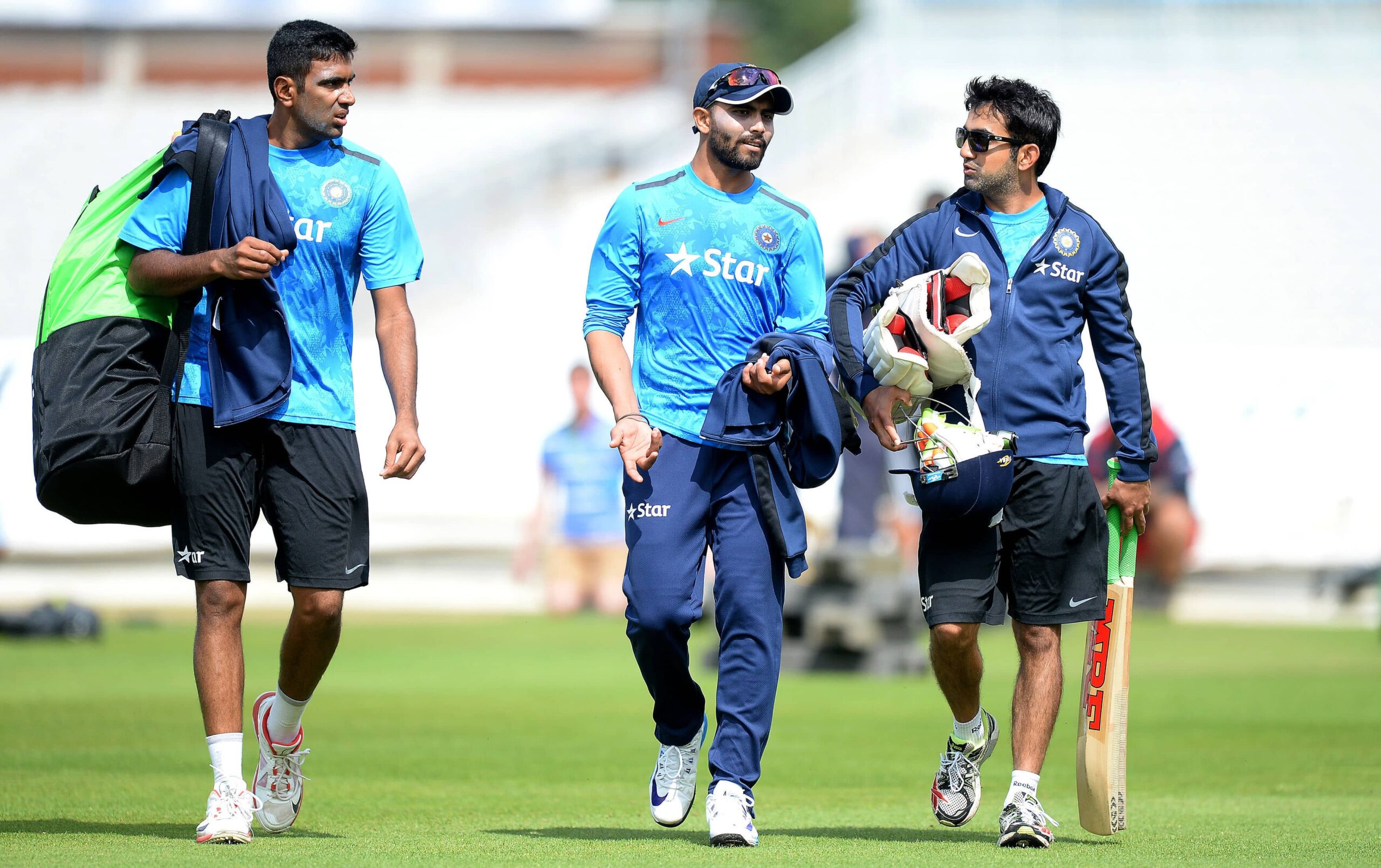The interaction between the media, past players, and the public relations (PR) landscape in cricket has changed dramatically, reflecting the intricacies of modern sports marketing and communications.
The role of the media and former cricketers
Former cricketers are increasingly turning to media careers, enticed by the glamour and financial rewards of broadcasting rather than traditional coaching or administration posts. This transition has altered the way cricket narratives are constructed, with ex-players frequently serving as commentators or analysts. Their perspectives are respected, but their effectiveness varies greatly; not everyone is skilled at captivating audiences or delivering relevant analysis.
PR Strategies for Cricket
Public relations organizations play an important part in managing cricketers’ public personas. They strive to create favorable images for sportsmen, often directing them away from contentious issues in order to preserve broad appeal among supporters.For example, footballers are instructed not to mention political issues in order to avoid alienating some of their fans.This strategic management is critical as brands seek sportsmen that exemplify ideal attributes that appeal to consumers.
Communication Dynamics
Communication between players and public relations representatives is two-way. While agencies frequently approach players to establish partnerships, young cricketers also look to these agencies for branding opportunities, particularly during high-stakes events such as the IPL auctions.However, this dynamic can create ethical gray zones in which less proficient athletes may receive more media attention as a result of personal prejudices among agencies.
Criticism & Challenges
Despite the benefits of public relations, some players, such as MS Dhoni, have questioned its usefulness, stating that on-field performance should be the major focus. Dhoni famously claimed that if a player performs well, they do not require publicity to improve their image47. This feeling mirrors a greater contradiction in cricket: while public relations can increase exposure and marketability, it also has the potential to eclipse actual talent and performance.
The Media and Cricketer Relationship
Cricketers and the media frequently have a tense relationship. Players frequently perceive media criticism as intrusive or prejudiced, resulting in a defensive attitude toward journalists.When confronted with difficult questions, players may respond dismissively. In contrast, media professionals may regard players as unreachable or arrogant, resulting in a loop of distrust that complicates communication.
Social Media’s Impact
Social media has added to the situation’s complexity. Players are now sharing personal and professional information directly with fans, circumventing established media channels. While this can boost their market presence, it also exposes them to intense public scrutiny and trolling.The advent of “influencers”—social media personalities who support players—increases the complexity of how narratives are produced and transmitted in cricket.
While media and ex-cricketers can serve as public relations agents for current players, this relationship is complicated by ethical considerations, performance expectations, and the changing dynamics of social media. The balance between maintaining a positive public image and prioritizing athletic performance remains a major difficulty in modern cricket.




